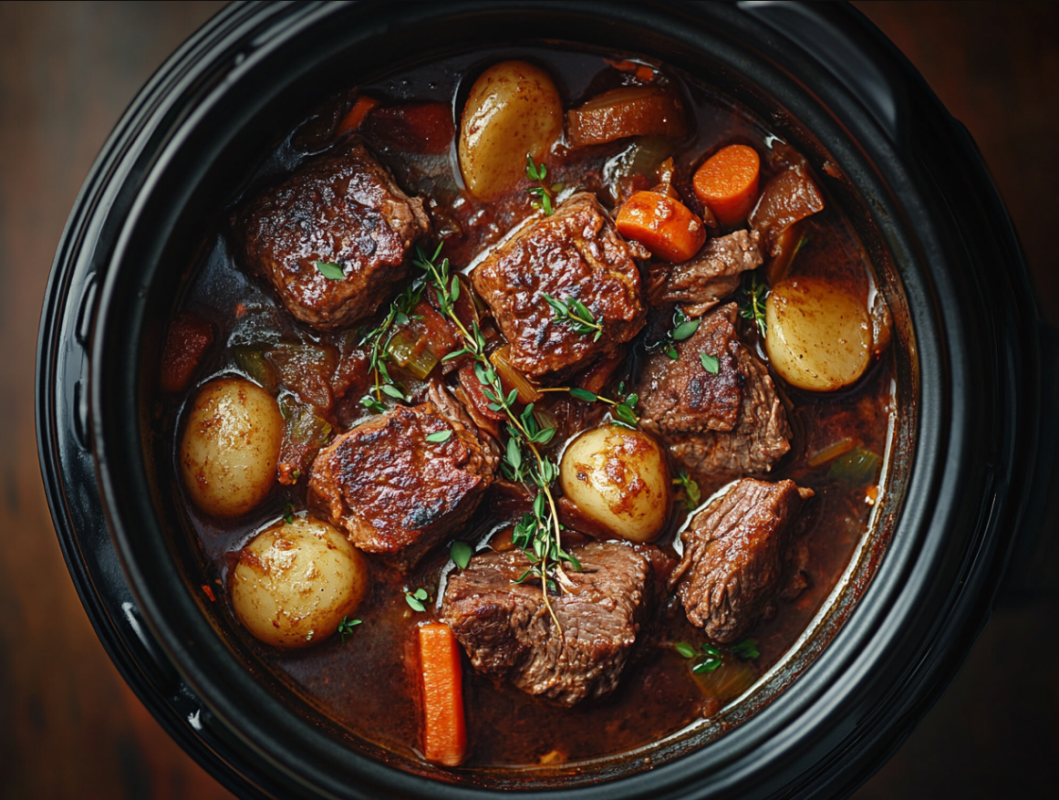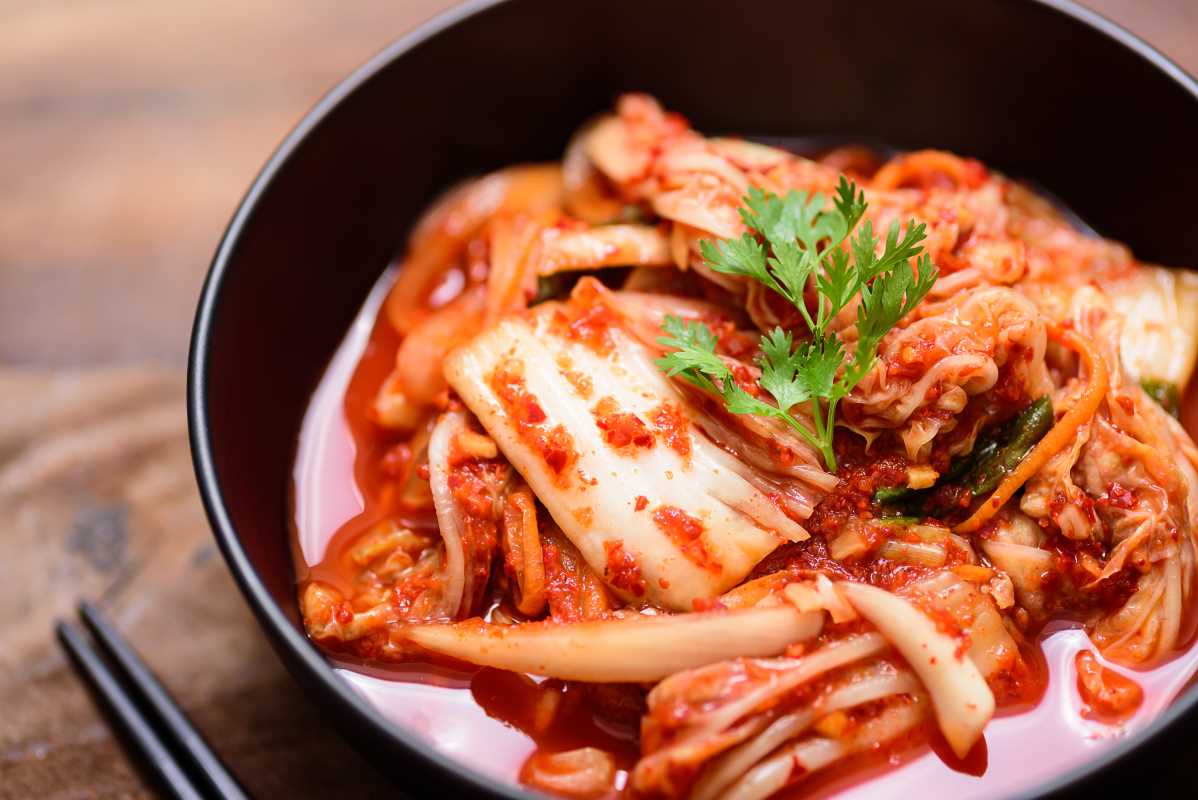When you think of Italian food, it’s easy for your mind to jump to pizza in Naples or pasta in Rome. While those classics deserve all the love, Italy’s culinary richness runs much deeper. Every region has its own distinct traditions, dishes, and flavors shaped by centuries of history and its unique geography. As much as the big cities like Florence and Venice star in travel guides, the lesser-known regions hide some of Italy’s most authentic and exciting gastronomic gems.
For foodies who love to travel and enjoy recreating global flavors at home, exploring these hidden regions’ cuisine is particularly rewarding. Imagine discovering new combinations of flavors, age-old recipes, and simple techniques that bring rustic Italian charm into your kitchen. Buckle up for a delicious adventure through Basilicata, Molise, Le Marche, and Calabria. Not only will you learn what makes these regions special, but you’ll also pick up tips for cooking their traditional dishes yourself.
Basilicata
A quiet, rugged region in southern Italy, Basilicata often flies under the radar, but its cuisine is a testament to resourcefulness and tradition. Historically, Basilicata’s people relied on simple, locally available ingredients, creating food that is hearty, flavorful, and entirely unpretentious.
One signature dish is lagane e ceci, a rustic yet satisfying pasta dish with chickpeas. This humble meal is made with wide, hand-cut ribbons of pasta tossed in a garlicky tomato and rosemary sauce, elevated by the earthiness of chickpeas. If you don’t have time to make fresh pasta from scratch, you can recreate it at home using store-bought tagliatelle.
Another local treasure? Pecorino di Filiano is a sheep's milk cheese that pairs perfectly with crusty bread and a drizzle of honey. Basilicata also specializes in bread-making; the town of Matera is famous for its Pane di Matera, a beautifully crusty, golden loaf considered among the best in Italy. If you're lucky enough to travel there, grab inspiration by visiting Matera’s markets or bakeries.
Pro Tip for Home Cooks
When making lagane e ceci, keep the flavors simple. Italian cooking often follows the “less is more” philosophy, focusing on a handful of good-quality ingredients. For the most authentic texture, opt for dried chickpeas soaked overnight.
Molise
Nestled between Abruzzo and Puglia, Molise is Italy’s second-smallest region, but its culinary offerings are bold and robust. Many dishes in Molise are simple yet rich, capitalizing on the area’s fresh produce and rich agricultural roots.
The region is known for cavatelli al ragù, small handmade pasta shells served with a slow-cooked meaty tomato sauce. The pasta’s shape is perfect for capturing all that luscious ragù. If you want to try cavatelli at home, you can make it with a simple dough of semolina flour and water, but store-bought options will work in a pinch.
Another ingredient Molise adores is truffles. The region’s forests produce exceptional black truffles, which are shaved over everything from pasta to eggs for a touch of indulgence. If you want something budget-friendly, truffle oil spritzed over pasta or bruschetta is an excellent alternative for recreating Molise’s essence in your kitchen.
Le Marche
The region celebrates its culinary roots with events like the Sagra della Pampanella, dedicated to a spiced pork dish. Festivals are a fantastic way to immerse yourself in Molise’s laid-back, food-focused lifestyle.
Head to the Adriatic coast and you’ll stumble across Le Marche, a region of rolling hills, seaside towns, and a delightful mix of surf-and-turf cuisine. It’s perfect for foodies who love variety, as the cooking often creatively combines dishes influenced by both land and sea.
One standout dish? Olive all’ascolana, fried stuffed olives native to the town of Ascoli Piceno. Large green olives are filled with a mix of seasoned meat (usually pork and veal), then breaded and fried. Both an indulgent appetizer and an ultimate Italian snack, they’re surprisingly easy to recreate at home with jarred, pitted green olives.
Another big hitter here is vincisgrassi, a decadent lasagna made with multiple layers of pasta, creamy béchamel, and a rich meat-and-mushroom ragù. This dish is indulgence at its finest and a must-make for a Sunday family dinner.
Le Marche’s recipes often emphasize ultra-fresh ingredients like seafood and seasonal vegetables. While getting Adriatic seafood may be tricky, you can substitute with quality fresh or frozen fish from your local market for dishes like brodetto, the area's iconic seafood stew.
If Basilicata can be called earthy, then Calabria is fiery. Known for its love of bold and spicy flavors, this region in Italy’s deep south is as vibrant as its celebrated dishes. Calabria’s unique geography gives it access to both coastal seafood and sun-soaked agricultural produce.
One of its most famous culinary treasures is ’nduja, a spreadable spicy sausage made from pork and Calabrian chili peppers. It’s not just a burst of intense flavor but also incredibly versatile. Spread it on bread, add it to sauces for a smoky kick, or stir a dollop into risotto.
Another regional hero is the Cipolla di Tropea, a sweet red onion grown in Tropea. These onions bring a subtle sweetness to many dishes, from salads to stews. If you can't find Tropea onions locally, red onions combined with a touch of honey can mimic their flavor profile.
When using ’nduja in sauces, it’s best to cook it gently over low heat. Its fats and spices will infuse the dish, adding depth without becoming overpowering.
At its core, Italian regional cooking celebrates simplicity and seasonality. Recipes center on making the most of what’s fresh and local. It’s about respecting the ingredients, enhancing flavors, and enjoying the process of creating a beautiful meal.
When recreating these authentic dishes at home, don’t be afraid to adapt them to your pantry. No fresh truffles? Truffle-flavored salt can still offer a hint of that richness. No access to Cipolla di Tropea? A mix of red onion and balsamic vinegar can work wonders.
Another way to honor these regions’ cuisine is by pairing your meals with their local wines. For example, sip on a glass of Aglianico wine with your Basilicata-inspired meal or Verdicchio when enjoying a dish from Le Marche.


.jpg)




